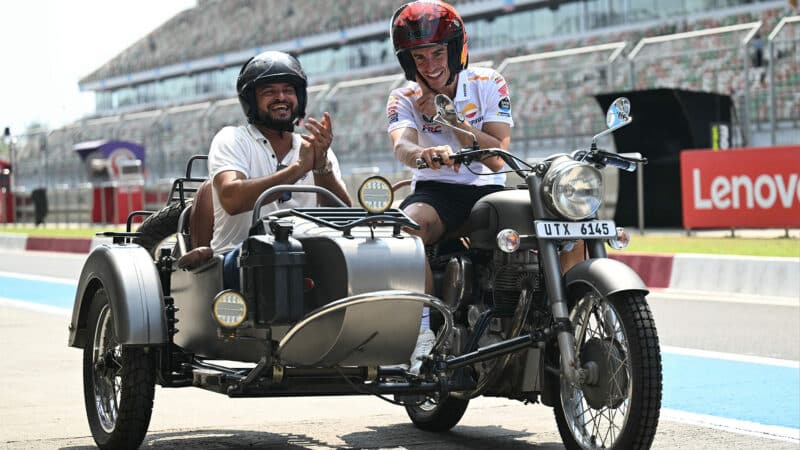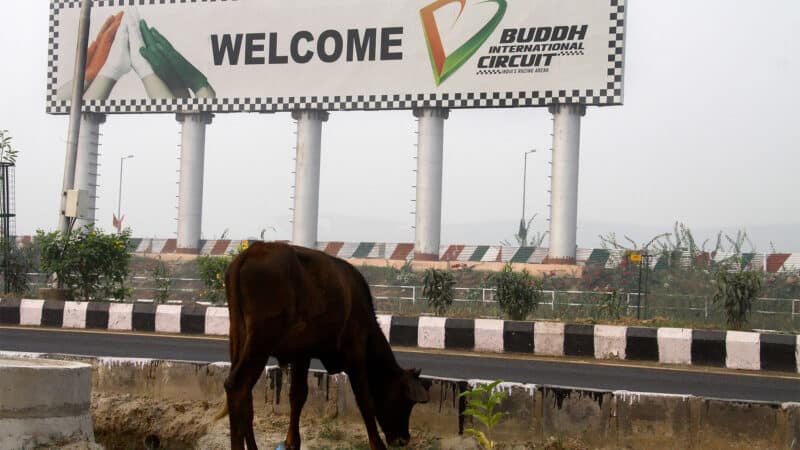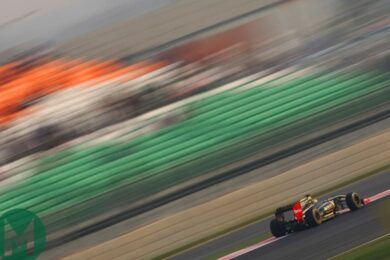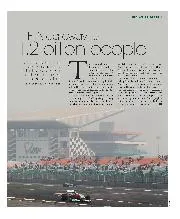“So I don’t think the country needs MotoGP, but it would like to have it, and there’s the key difference.
“It is a bike riding nation, there are so many riders there. The sponsors want to be involved because there’s a consumer market, there’s a growing spending market – I think what they’ll find when they get there is there is a strong fan base.”
Outside of its traditional strongholds of Spain and Italy, MotoGP has struggled to draw in crowds worldwide – a lack of spectators has been noted at Silverstone and its F1 Drive to Survive-style Amazon series MotoGP Unlimited was canned after one season due to low viewership.
The fact that it’s MotoGP seeking to expand its audience which is more dictating events – rather than India trying to attract an international sporting round – was reflected in the championship’s announcement of the race.
“MotoGP continues to earn new audiences and fans worldwide – this makes it imperative for us to expand its presence to new destinations where fans and riders are growing every year,“ said Dorna Sports’ managing director Carlos Ezpeleta.
“India is key to our scheme of taking MotoGP to new frontiers – we look forward to gaining a wider fan base.”
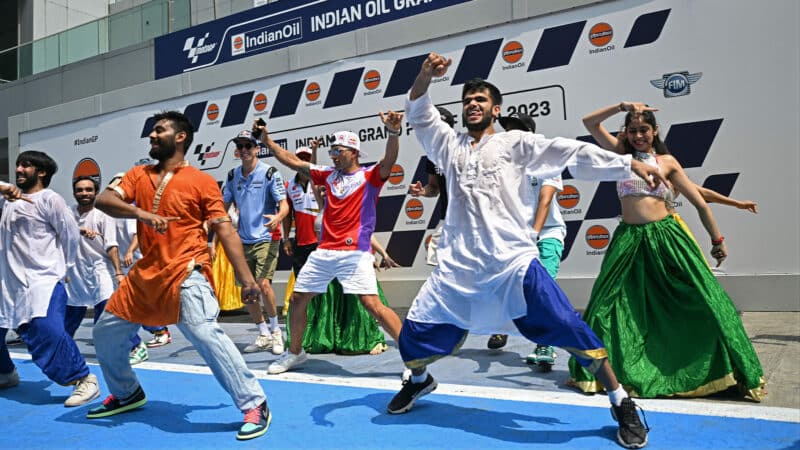
Martin gets into the spirit of things at a Buddh circuit which has been modified to meet MotoGP safety requirements
Getty Images
Having not held a world championship motor sport event for a decade, two have come almost at once – India hosted a successful Formula E event earlier this year, and now has the Indian GP this weekend.
The contract signed for the MotoGP event is for seven years, and Chandhok explains why he thinks it won’t go the same way as the F1 race.
